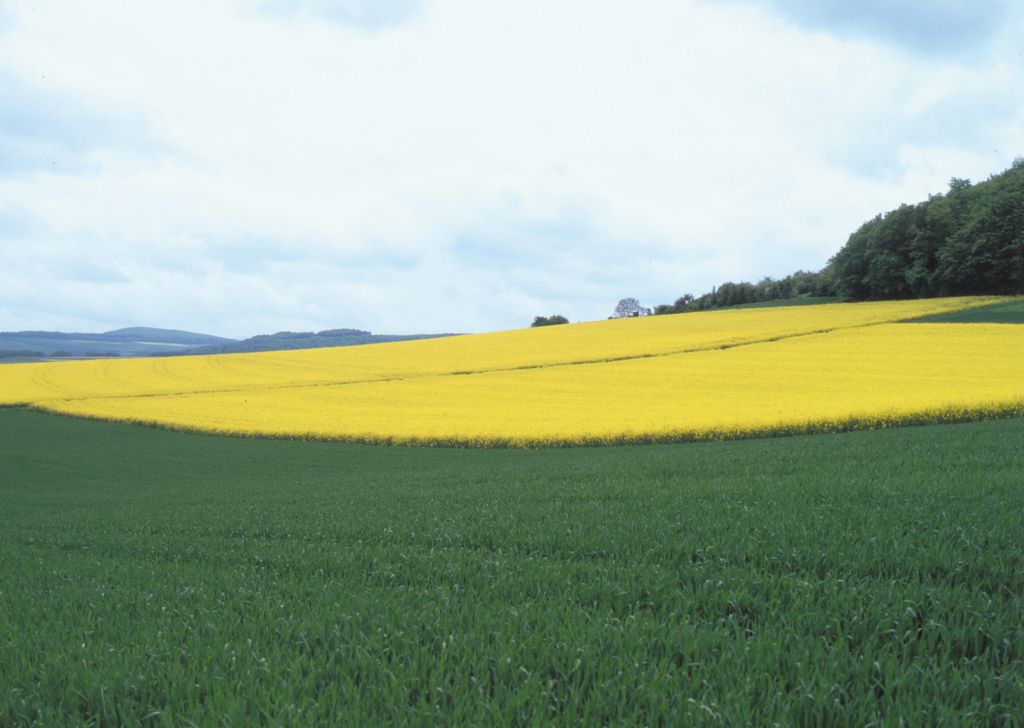Rural areas are characterised, among others, by the way land is used. We explore how these areas are used, by whom and in what way, what effects this has on natural resources and how uses can be changed and shaped.
A variety of demands are placed on land. It is used for food and feed production, energy generation, biodiversity conservation, water management, recreational activities, climate protection and adaptation to climate change. There is competition between these demands, but also synergies. Policy-makers and administration create framework conditions to reduce competition and promote synergies, based on robust knowledge.
That is why we conduct analyses of land use and the agricultural land market in Germany. For this purpose, we compile nationwide spatially high-resolution time series on agricultural land use and contribute to monitoring of certain natural resources in Germany. We focus on open land and address the following key questions:
- What drives land use change and how are the multifunctional effects of land use changing?
- What effects do different forms and intensities of land use have on different ecosystem services?
- What options does policy have for ensuring sustainable, efficient use of natural resources?
We take into account the habits and interests of the people who use land and benefit from land use, as well as economic decision-making and natural conditions.

![[Translate to English:] [Translate to English:]](/media/_processed_/2/0/csm_LV_Bei_Hornburg_Quelle_Johanna_Fick_neu_da89674833.jpg)
![[Translate to English:] [Translate to English:]](/media/_processed_/2/0/csm_LV_Bei_Hornburg_Quelle_Johanna_Fick_neu_3aae309567.jpg)






